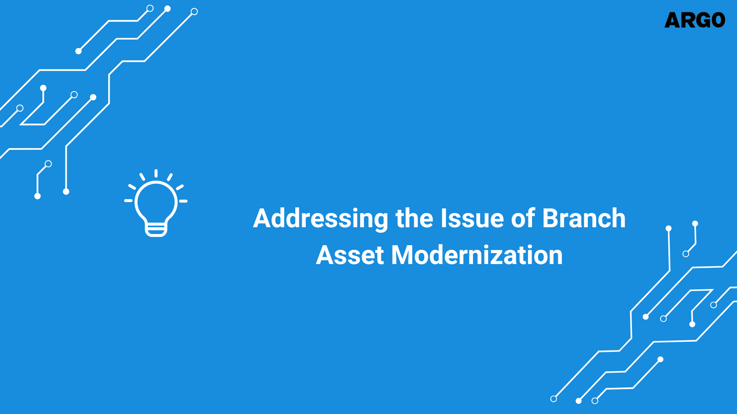Addressing The Issue of Branch Asset Modernization

The modernization of the financial institution’s branch assets provides customer value beyond transactional services to providing guidance and education as well as meeting needs related to significant life events. This satisfies consumer desire for both the convenience of digital and the value of human advice and servicing support. However, for bankers to be relevant and proactive, they need to regain their lost insights into customer needs and intentions to be able to offer a personalized and relevant experience.
Addressing the issue of branch asset modernization requires technology providing a series of decision points using institution-defined thresholds. When decision criteria exceed thresholds, prioritization and routing may assign customer action accountability to human resources. This “awareness sensitivity” detection escalates events, resulting in customer outreach by branch or contact center staff. Such capability must cross customer journey stages within digital marketing, customer engagement, fulfillment, and service events. It also applies to processes such as risk management, fraud prevention, and data aging/expiration detection.
Typical business cases that demonstrate improvements to human asset utilization for customer engagement include:
- During digital marketing stages – Based on propensity-to-purchase (PTP) quantification, decisioning triggers appropriate response actions, which may include alerts to human work queues. For example, certain PTP values may direct customer outreach responsibility to specific organizations within the institution.
- During customer engagement – Includes periodic or event-driven customer interaction. Negative survey responses may trigger outreach activity routed to human-directed work queues, resulting in institution-initiated contact.
- During fulfillment – Monitors the fulfillment progress and issues encountered, providing customer assistance and intervention through the process, including immediate human assistance via live chat capability.
- Customer Servicing – Integrates automated and human engagement. Customer satisfaction surveys, for example, may generate automated or human responses, depending on the results. Complex servicing requests, such as a change in marital status or address may trigger human outreach.
These capabilities increase the institution’s human resource focus on customer experience.
For more information, download the Acquiring Customers and Fulfilling Their Needs in an Omni-Channel Environment interview brief.

